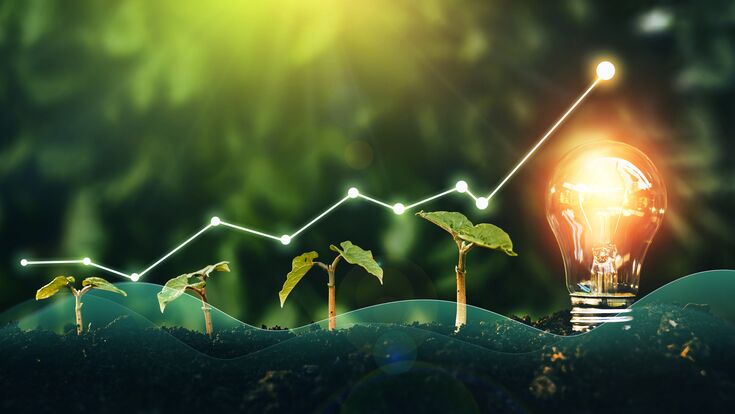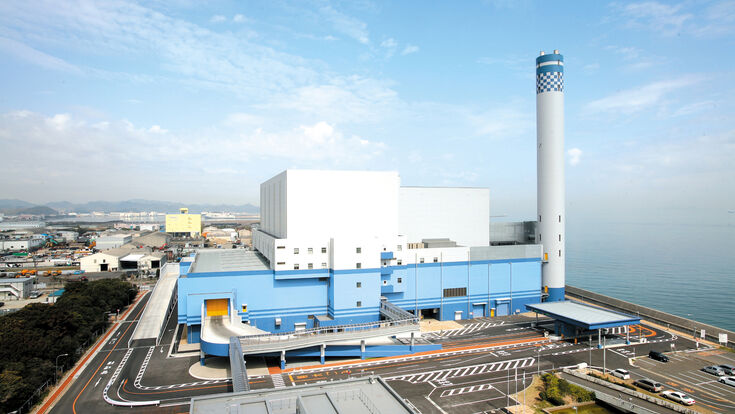
Introduction
In today’s world, the pressing need for sustainable waste management and efficient energy generation has become increasingly evident. Innovations in Waste-to-Energy technologies offer a promising solution to address these challenges. This article aims to explore the growing relevance of Waste-to-Energy and its role in achieving sustainability.
Historical Background
The concept of Waste-to-Energy can be traced back to early attempts at waste management. Over time, there has been a shift from mere waste disposal to energy recovery from waste. Waste-to-Energy technologies have evolved to become more efficient and environmentally friendly.
Key Concepts and Definitions
Waste-to-Energy encompasses a range of technologies, including incineration, anaerobic digestion, and gasification. These processes convert waste into energy, contributing to a circular economy. Terms such as renewable energy and sustainability are central to understanding Waste-to-Energy innovations.
Main Discussion Points
Advances in Waste-to-Energy Technologies
Recent years have witnessed significant advancements in Waste-to-Energy technologies. Improved incineration processes, advanced gasification techniques, and advancements in anaerobic digestion have enhanced the efficiency of energy recovery from waste. These innovations have also contributed to reduced emissions and improved resource recovery.

Integration of Renewable Energy Sources
To enhance overall sustainability, Waste-to-Energy can be integrated with renewable energy sources like solar and wind. This integration allows for the maximization of energy generation while minimizing environmental impact. Combined heat and power systems in Waste-to-Energy plants further optimize energy efficiency.
Waste Sorting and Pre-treatment
Efficient waste sorting and pre-treatment play a crucial role in maximizing the potential of Waste-to-Energy technologies. Innovations in waste sorting techniques, such as robotic sorting systems and advanced sensors, enable the separation of valuable resources from waste, improving resource recovery.
Decentralized Waste-to-Energy Solutions
The concept of decentralized Waste-to-Energy solutions, including micro-scale Waste-to-Energy plants and community-based initiatives, has gained attention. These solutions offer localized waste management, energy generation, and community engagement benefits. They also contribute to reduced transportation costs and emissions.
Case Studies or Examples
Real-world case studies and examples of successful Waste-to-Energy projects provide valuable insights. These projects showcase innovative aspects and their contributions to sustainability. Examples from different regions or countries highlight the adaptability of Waste-to-Energy technologies.
Current Trends or Developments
Recent trends in Waste-to-Energy focus on resource recovery, advancements in emission control technologies, and the integration of digitalization and automation. Ongoing research and technological breakthroughs further drive the efficiency and effectiveness of Waste-to-Energy.

Challenges or Controversies
Waste-to-Energy technologies face challenges and controversies, including public perception, environmental concerns, and potential health risks. Differing viewpoints exist regarding the sustainability and effectiveness of Waste-to-Energy innovations. Addressing these concerns is crucial for wider acceptance and implementation.
Future Outlook
Looking ahead, Waste-to-Energy innovations hold great potential. Exploring alternative feedstocks, enhancing efficiency, and improving waste management practices are key areas for future research and development. The continuous evolution of Waste-to-Energy technologies will contribute to a more sustainable waste management and energy generation.
Conclusion
Innovations in Waste-to-Energy offer a viable solution for sustainable waste management and energy generation. The advancements in Waste-to-Energy technologies, integration with renewable energy sources, waste sorting techniques, and decentralized solutions highlight the possibilities for a greener future. Achieving sustainability through Waste-to-Energy requires continued research, addressing challenges, and proactive development.




